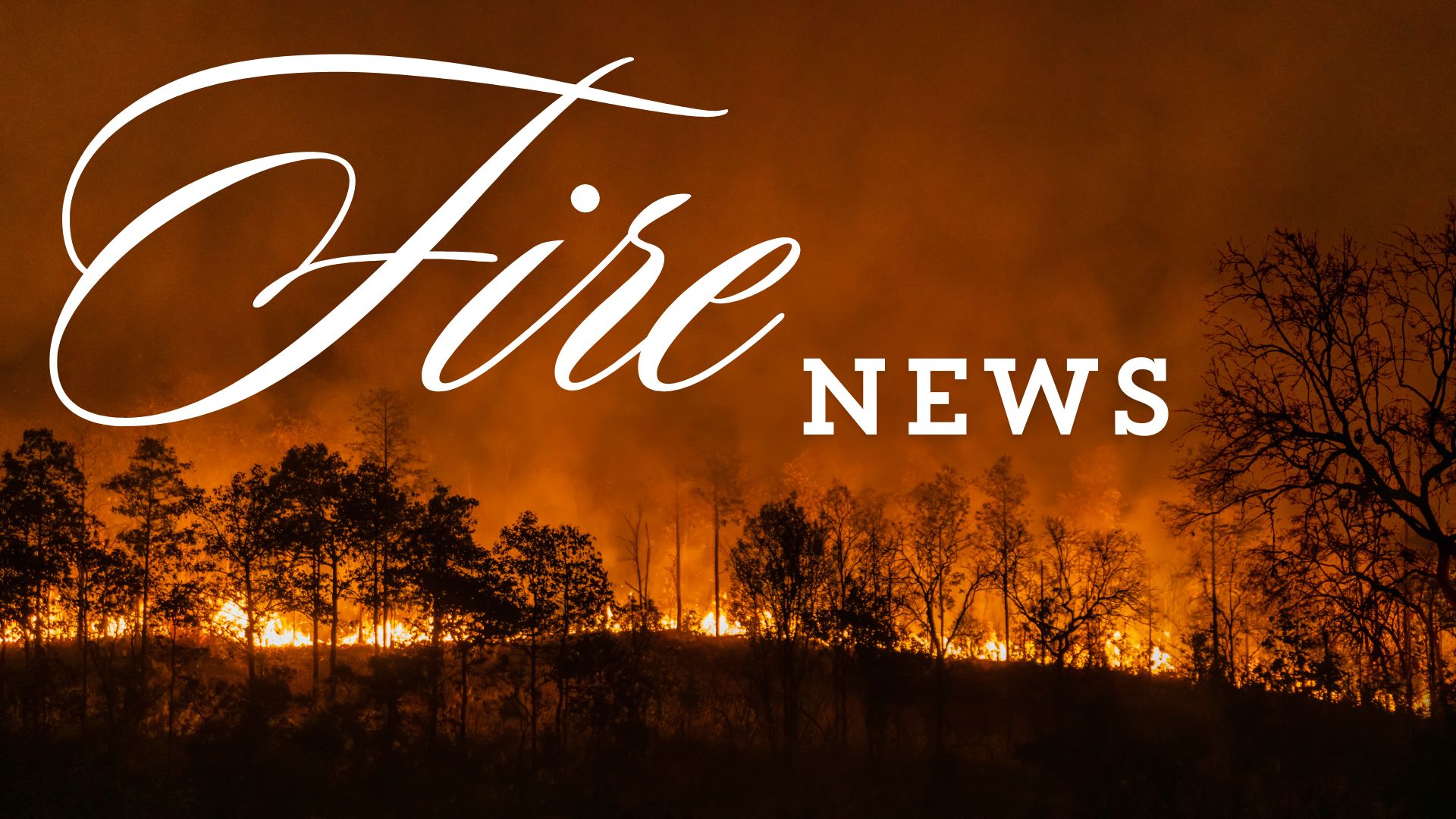Federal, state grazing allotments in flux after fire

\BUFFALO — Much of the roughly 28,000 acres of public land burned in the late summer House Draw fire are leased for livestock grazing.
The Bureau of Land Management had 16,629 acres burn in the over 174,000-acre fire in eastern Johnson County, while the state of Wyoming had 11,760 acres. What this means exactly for grazing lessees is still unknown and will be determined on a lease-by-lease basis, agency leaders say. Uses on these state and federal lands include recreation, – namely hunting – oil and gas development and grazing.
“Firefighting crews did an excellent job at protecting the (energy) infrastructure,” said Jason Crowder, interim director of the Office of State Lands and Investments. “Most of the impact is to grazing.”
Crowder said that 20 state grazing allotments were impacted by the fire. On BLM lands, it’s the same amount or more, said Todd Yeager, manager of the BLM’s Buffalo Field Office.
At this point, Yeager said, scientists are studying exactly how intensely the fire burned, which will determine how quickly vegetation will return. Managers will hope for precipitation to rehabilitate the landscape.
A federal Burned Area Emergency Response team mapped the burn scar of the House Draw and other fires that were part of the complex incident response in Sheridan and Campbell counties in late August and early September. The report is under review and will be publicly available in the coming weeks, Yeager said.
So far, though, it appears as though the fire in Johnson County burned primarily at low to moderate intensity. That means there is a better chance that vegetation will grow back, Yeager said.
“What’s above ground is gone, but what did it do to your soil?” he said. “If you get high heat on soil, you can get hydrophobic tendencies in it and actually change the soil profile, and it repels water.”
What the land will need is precipitation that is well-timed and doesn’t come all at once, Yeager said.
“I don’t want to see a downpour; I want to see a three-day light rain with some breaks in it,” he said. “Soil organisms, it’s a biotic system, so it forms that crust, and you want that light rain to break that crust up to get that infiltration going.”
How vegetation grows back will largely determine how long lessees will need to defer grazing on their allotments, Yeager said.
Not only are land managers thinking about getting native plants to grow back, but they’re also wary that invasive grasses may grow back in their place. Weed control is expected to be expensive throughout the burn scar, due to the costs of herbicide itself and its application. Local, state and federal agency officials have confirmed that treatment of the entire area burned could cost as much as $13 million total.
Yeager said that he submitted a request to the BLM for $1.1 million in funding for weed control over the next five years on the 16,000 acres burned in the House Draw fire. And that funding will be competitive, considering how much fire counties within the Buffalo Field Office jurisdiction alone have seen this year, he noted.
“We have to stay vigilant with this,” he said. “It’s a continual effort to watch, because that fire modified an ecosystem – the sagebrush is not going to come back unless we invest energy and funds into putting it back.”
On state lands, Crowder said, the State Board of Land Commissioners voted to allocate $605,000 for erosion and weed control and other assistance on state lands impacted by wildfire.
“On the House Draw fire, sage-grouse leks and core habitat were greatly impacted,” he said. “We set aside those funds to be helpful in that rehabilitation effort. It’s done with the thought that doing a project just on state lands isn’t that helpful, because it’s just one section of a very large fire scar.”
Yeager also said that the BLM will continue to collaborate with other state, federal and local agencies in the landscape recovery process.
Yeager spent most of his career in eastern Montana where, he said, 100,000-plus-acre fires have been the norm. It has looked a lot like that in his fifth summer in the Buffalo Field Office, which manages federal land in Johnson, Sheridan and Campbell counties.
“If you would have told me I would have seen a fire season like this, this year, in this office, I would’ve said you’re nuts,” he said.
Dry lightning, paired with high winds that push fire in several directions, and rare nighttime fire activity have amounted to a highly active fire season on northeastern Wyoming rangelands, Yeager said. It’s been a long fire season, but, he said, he is happy to see the interagency cooperation that aids in both fire suppression and recovery efforts.
“It says a lot about Wyoming and a lot about these communities,” he said. “It’s not an ‘us versus them.’ It’s not like this everywhere, and it’s not been like this everywhere I’ve been, so I enjoy this.”
This story was published on October 24, 2024.





